Deciding whether to lease equipment or pursue equipment financing is an important choice. This article gives a guide to each method of procuring equipment.
Equipment Leasing
Equipment leasing functions somewhat like renting an apartment: You’ll agree to set monthly payments in exchange for use of the equipment over a set period of time. Once the lease ends, you’ll likely be able to renew it if so desired. Some agreements may also include a purchase option at the end of the lease. The downside of equipment leasing is that, in the long run, it may be more expensive than simply purchasing the equipment.
However, leasing can be advantageous in certain situations. For instance, if the equipment you’re leasing is likely to become outdated in the near future, you won’t be stuck with obsolete equipment at the end of the lease. Lease payments are often tax deductible, which is an added bonus.
Equipment Financing
Equipment financing is a different method of procuring equipment. Essentially, it involves taking out a loan to buy the equipment outright. Equipment financing rarely requires collateral on the part of the borrower because the equipment itself usually secures the loan. However, equipment financing does require interest payments, typically at a rate of 8% to 30%.
Equipment financing offers several advantages. It means your business won’t have to tie up its available cash in a large, immediate purchase, instead spreading the payments out. Like equipment leasing, financing is often tax deductible, which is a huge boon for small businesses. Additionally, your business will own the equipment outright when you’re done paying the financing off.
Which Option is Correct?
The best method to pursue depends on the specific piece of equipment. If the item will have a short useful life, equipment leasing is likely the way to go. However, if your business will use the equipment for a long time, strongly consider equipment financing.
To learn more about financial aspects of running a business, contact Dhanani Funding.

